The Ukrainian plans to appeal an extradition to Germany from Italy, where he got arrested.
Others are reading now
The Ukrainian plans to appeal an extradition to Germany from Italy, where he got arrested.
What is happening?

A Ukrainian citizen, identified only as Serhii K., is set to be extradited from Italy to Germany in connection with the 2022 Nord Stream pipeline explosions.
Arrested near Rimini on a European warrant, he is accused of aiding sabotage on a key energy route.
However, his legal team plans to appeal the extradition, arguing for stronger safeguards around his rights.
Explosions that changed Europe’s energy map

On September 26, 2022, a series of explosions severely damaged the Nord Stream 1 and 2 pipelines beneath the Baltic Sea. Three out of four lines were rendered inoperable.
Also read
The attack disrupted Russian gas deliveries to Europe, sparked international outrage, and triggered widespread speculation — but no one has claimed responsibility.
No clear answers
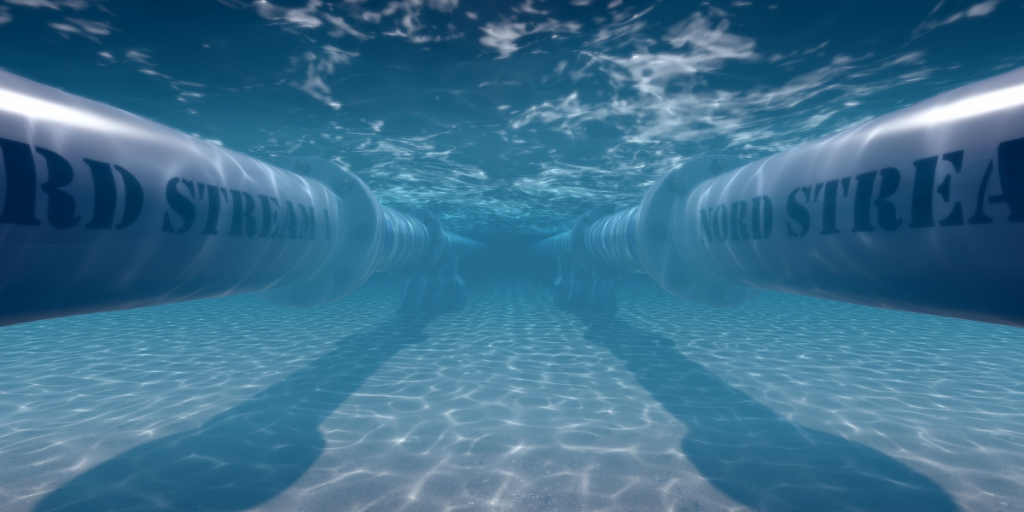
The blasts were immediately labeled an act of sabotage by both Western countries and Moscow, but each side blamed the other.
Years later, the mystery endures. Investigations are ongoing, but the lack of public evidence has turned the incident into a geopolitical guessing game — with plenty of room for competing narratives.
Germany targets Ukrainian saboteurs

German prosecutors believe the sabotage was carried out by Ukrainians using a small chartered sailboat.
They claim a group planted explosives near the Danish island of Bornholm and accuse Serhii K. of helping organize the attack.
Also read
He faces charges of aiding an explosion, unconstitutional sabotage, and destroying critical infrastructure.
Analyst says evidence points elsewhere

But not everyone agrees with Germany’s theory. Alan Riley, an energy policy expert and co-author of a major report on the blasts, believes the evidence points to Russia — not Ukraine.
In a TVP World interview, Riley called the German case unconvincing and described multiple signs of Russian involvement at the scene.
“Underwater Mayhem”

Riley’s report, “Underwater Mayhem”, offers a detailed breakdown of the incident. It focuses heavily on the first explosion site — a segment of Nord Stream 2B under Russian control.
After Western firms left the project in 2019 due to sanctions, Russian contractors took over. The explosion occurred at that exact transition point.
Also read
Military presence raises eyebrows
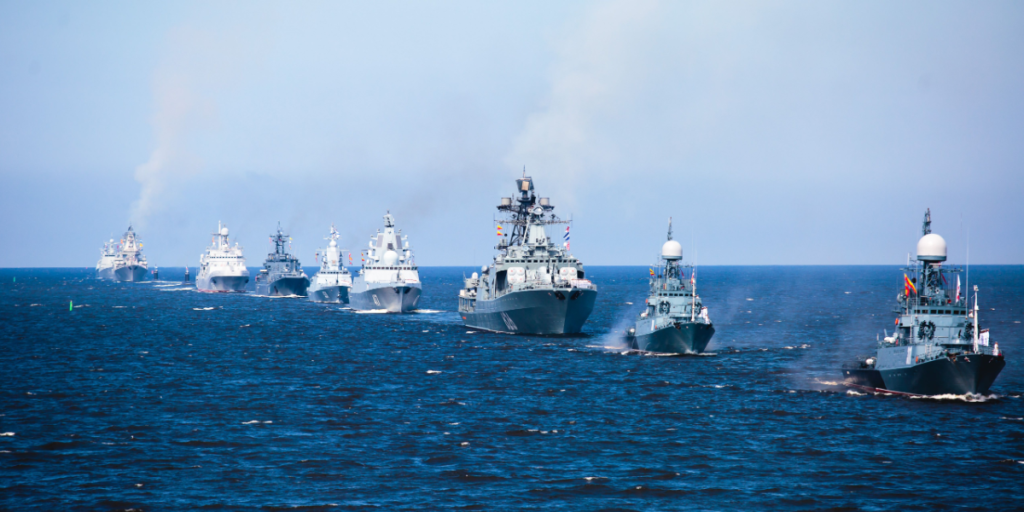
While the pipeline was under construction, Russian military personnel were reportedly seen in the area.
Among them were members of the 313th Special Detachment, a Baltic Fleet unit trained to counter underwater sabotage.
Their role allegedly was to protect Russian infrastructure from threats like the one that actually occurred.
Russian “obscure ships” near the site
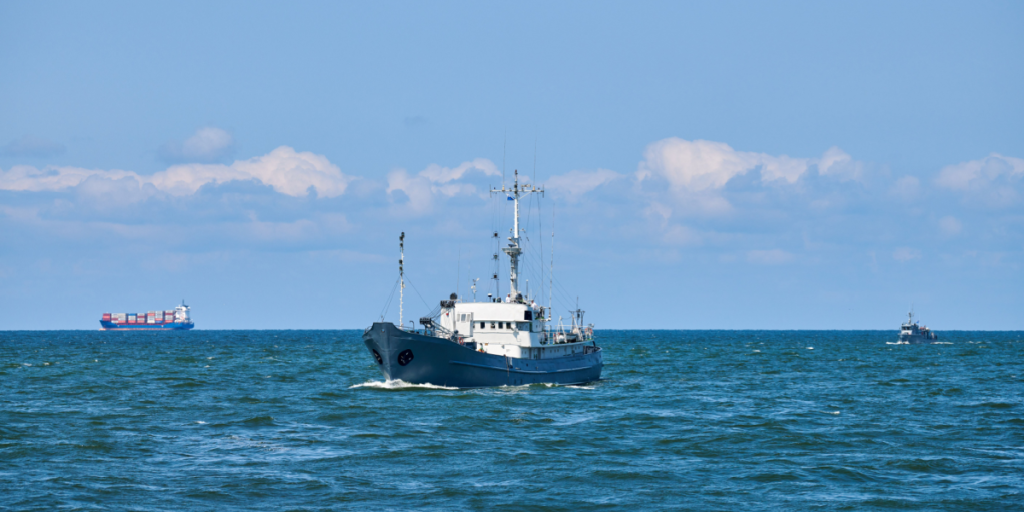
Riley also cited satellite images showing unusual vessel activity around the pipeline before the blasts.
Russian research ships and surveillance vessels, capable of deploying underwater drones, were in the area with their tracking systems switched off — a telltale sign of covert operations, he argued.
Also read
Post-blast movements raise more questions
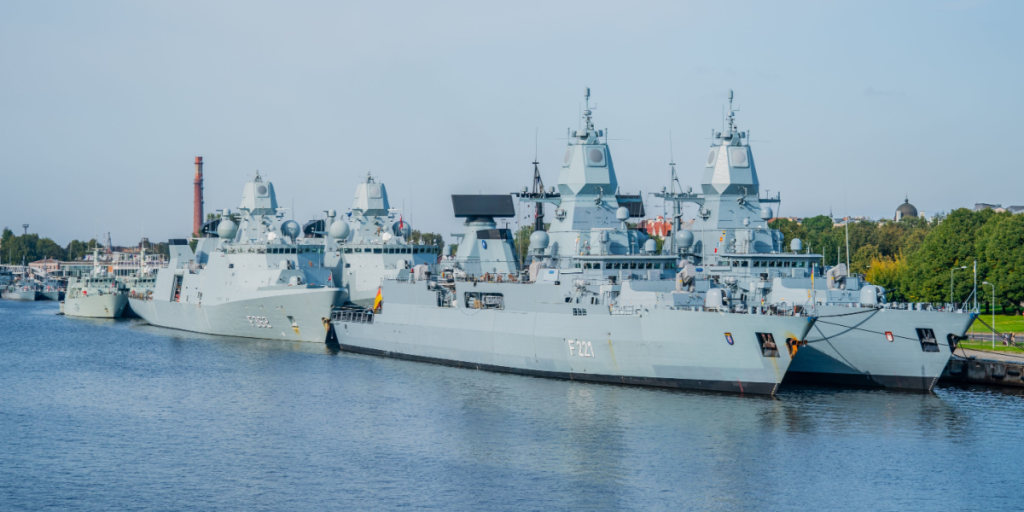
After the explosions, three Russian vessels reportedly attempted to re-enter the blast zone — but were intercepted and turned away by NATO ships.
While circumstantial, Riley says the accumulation of events suggests a coordinated Russian operation.
“Alone, these facts don’t prove anything, but together they’re compelling.”
Riley rejects the sailboat scenario
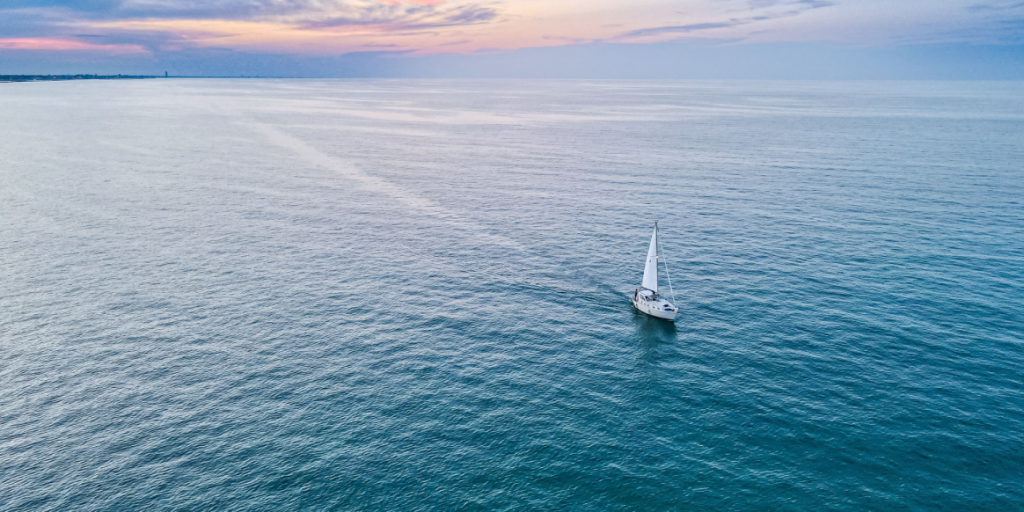
The official German version, involving divers operating from a sailboat, doesn’t add up, Riley says.
He questions whether such a small vessel could carry explosives and divers to four separate underwater sites — and complete the mission in the short window allowed by Baltic weather conditions in late September.
Also read
A technical feat too complex for amateurs?
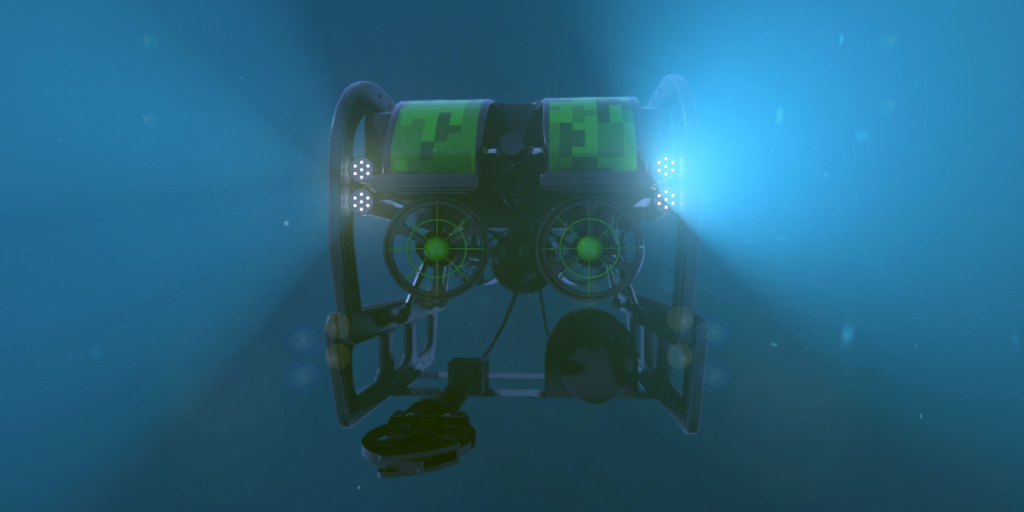
“It’s unlikely that a sailboat could pull off this level of coordination and logistics,” Riley said.
Instead, he argues that remotely operated underwater vehicles (ROVs) would have been more plausible.
These can plant explosives with precision — and without risking human divers in dangerous waters.
Inconsistencies in the suspect list
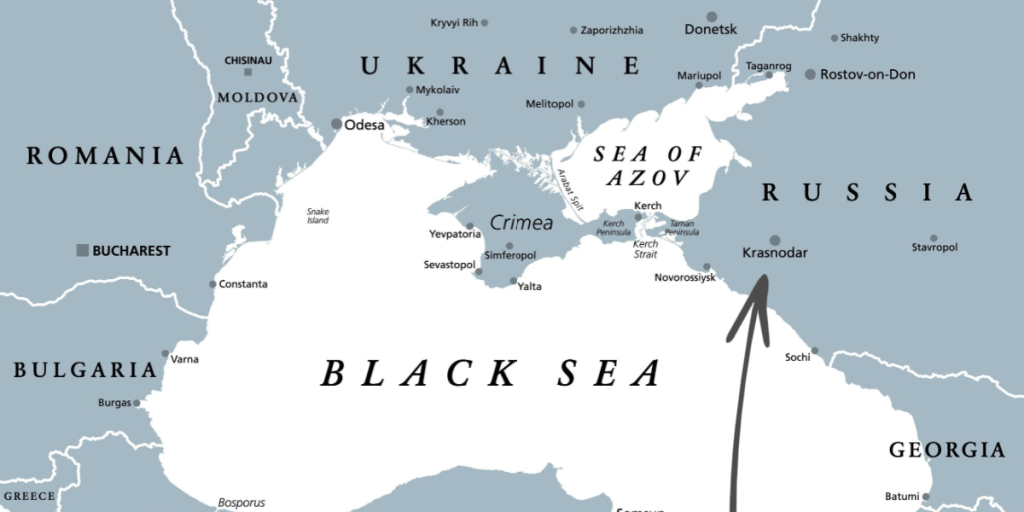
Another red flag is that the alleged saboteurs include one man who lives openly in Krasnodar, Russia, and another on Ukraine’s list of traitors.
“If you blew up a Russian pipeline, it’s hard to believe you’d be safe in Russia,” Riley said, suggesting the narrative may be part of a disinformation campaign.
Also read
A Ukrainian flag on a covert mission?
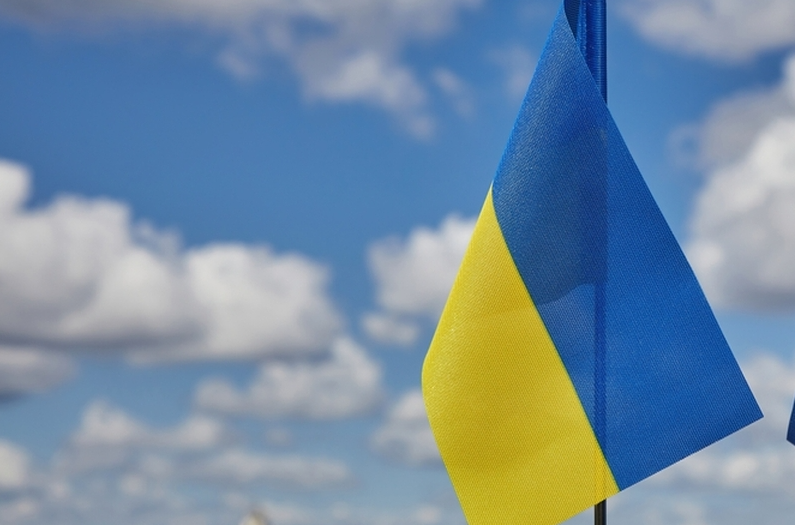
Perhaps the most bizarre claim is that the saboteurs’ sailboat was flying a Ukrainian flag — while allegedly on a secret sabotage mission.
Riley found this suspicious. “That sounds more like a setup,” he argued. “Yet parts of the German prosecution seem to take it seriously.”
Russia’s financial motivation

So why would Russia attack its own infrastructure? According to Riley, the answer is money.
The sabotage allowed Moscow to invoke force majeure, a legal clause that limits liability when a contract can’t be fulfilled due to extraordinary events.
That move likely saved Russia billions in damages to European gas buyers.
Also read
Long road ahead in search for the truth

With appeals pending in Italy and no definitive findings yet released, the case of the Nord Stream sabotage remains unsolved and politically explosive.
Whether or not Serhii K. is extradited, the investigation is likely to continue for years — feeding conspiracy theories and deepening mistrust across borders.


